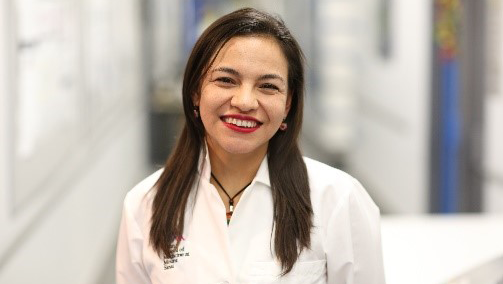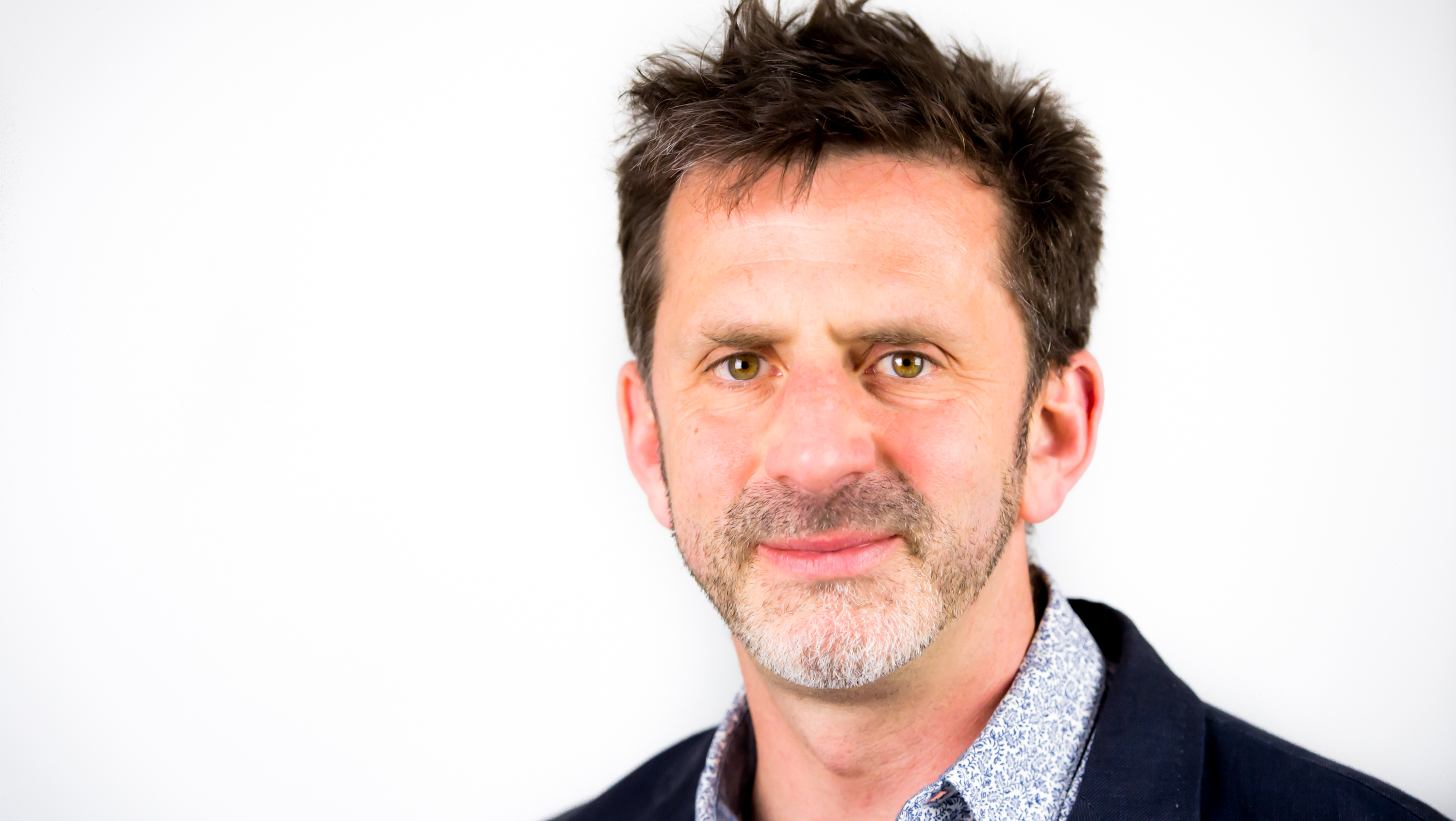Neuroscience 2018: The Place to Be
Nearly 29,000 attendees from 80 countries gathered for Neuroscience 2018, SfN’s 48th annual meeting in San Diego, CA, November 3–7.
The world’s largest meeting about the brain and the nervous system offered scientists from across the globe an opportunity to learn about advancements in research, connect with colleagues, and explore opportunities for research collaboration. Review the expansive breadth and scope of the meeting with the Neuroscience 2018 infographic.
Featured and special lectures at Neuroscience 2018 highlighted a wide breadth of topics, including memory and cognition, neuronal diversity, regeneration of complex body parts, and more.
“I keep coming back to find out the new things that are happening, not just in this specific thing that I study,” said Chelsea Gordon, graduate student at the University of California, Merced, when asked why she continues to attend the annual meeting. “This conference is so broad, and the kinds of research that is has, it’s easy to come here and find different research that you can really connect to your own research in new ways.”
In the Dialogues Between Neuroscience and Society lecture, musician and composer Pat Metheny sat down with SfN Past President Richard Huganir and Charles Limb of the University of California, San Francisco, for a discussion on numerous topics: the impact of music on the brain, our emotions, and memory; the process of creativity in music, art, and science; and the role of music in healing.
“I keep coming back to find out the new things that are happening, not just in this specific thing that I study.”Chelsea Gordon
graduate student
University of California Merced
“There are many privileges that come with living a life as a musician as I have, but one of the best parts of it all has been sitting at a vantage point that has allowed me to study that odd intersection, that magical elusive spot on the X-Y continuum where the brain meets the soul,” said Metheny, a legendary jazz guitarist who has received three gold albums and 20 Grammy Awards.
Other notable sessions of Neuroscience 2018 included the new Dual Perspectives session, during which annual meeting attendees learned about the history, arguments, research, and viewpoints surrounding a particular hot topic. This year’s session was led by Jessica A. Cardin and Vikaas S. Shohal who spoke about gamma oscillations and whether the oscillations contribute to brain function in addition to serving as markers of local circuit dynamics.
Neuroscience 2018 also saw the continuation of the popular Storytelling Session, which was first introduced at Neuroscience 2017. This session invited a panel of speakers to tell inspiring stories about their personal experiences, the impact of such experiences on their career in neuroscience, and how to communicate stories within and beyond the scientific community.
Last year’s session, “Telling Stories of Science,” featured presentations about the science of storytelling and why and how to tell stories, as well as three powerful personal stories, demonstrating how storytelling can transform science communication and promote scientific progress.
“Storytelling is a powerful tool for communicating research, and the overall value of science, to our colleagues and the public,” said Patricia H. Janak, chair of SfN’s 2019 Program Committee. “The popularity of the Storytelling Session demonstrates the growing need for this kind of communication training within the neuroscience research community, and it is wonderful that this session type will be a permanent fixture of annual meetings to come.”
The Presidential Lecture Series showcased research related to synapses. Lectures featured prominent scientists, including:
- Bryan L. Roth, University of North Carolina at Chapel Hill: "From Salvia Divinorum to LSD: Toward a Molecular Understanding of Psychoactive Drug Actions"
- Catherine Dulac, Harvard University, Howard Hughes Medical Institute: "Neurobiology of Social Behavior Circuits"
- Vivian Budnik, University of Massachusetts Medical School: "The dArc Matter of Synaptic Communication"
- Daniel Choquet, National Center for Scientific Research at the University of Bordeaux, France: “From Nanoscale Dynamic Organization to Plasticity of Excitatory Synapses and Learning”
More than 13,000 abstracts were presented by scientists at Neuroscience 2018, and more than 500 exhibitors participated in the Exhibit Hall, where they displayed laboratory instruments and technologies, shared information about organizations and publications, and offered samples of scientific tools. The Neuroscience 2018 mobile app was downloaded over 25,000 times, connecting attendees to sessions, scientific presentations, and 30 SfN-Sponsored Socials where they could network and collaborate with colleagues from around the world.
“I think within each of our fields, as you get more and more specific, there’s fewer and fewer people within your own university or within your own lab that you can really have detailed conversations with,” said Dorelle Hinton, doctoral candidate at McGill University who attended her first annual meeting this year and presented on the poster floor. “So, it’s great to be at a place where there’s [20,000 to 30,000] neuroscientists, and within that there’s going to be quite a few that you can talk to.”
Neuroscience 2018 drew significant coverage in the worldwide media. Over 200 journalists registered for the meeting, including representatives from The Washington Post, Science, Nature, Forbes and NPR. Eleven press conferences on topics such as sleep and cannabis highlighted new breakthroughs of interest to the general public.
Additionally, 14 professional development workshops were held at Neuroscience 2018 covering a variety of topics for all career levels including career networking, advancing women in the field of neuroscience, and publishing research in scientific publications.






















